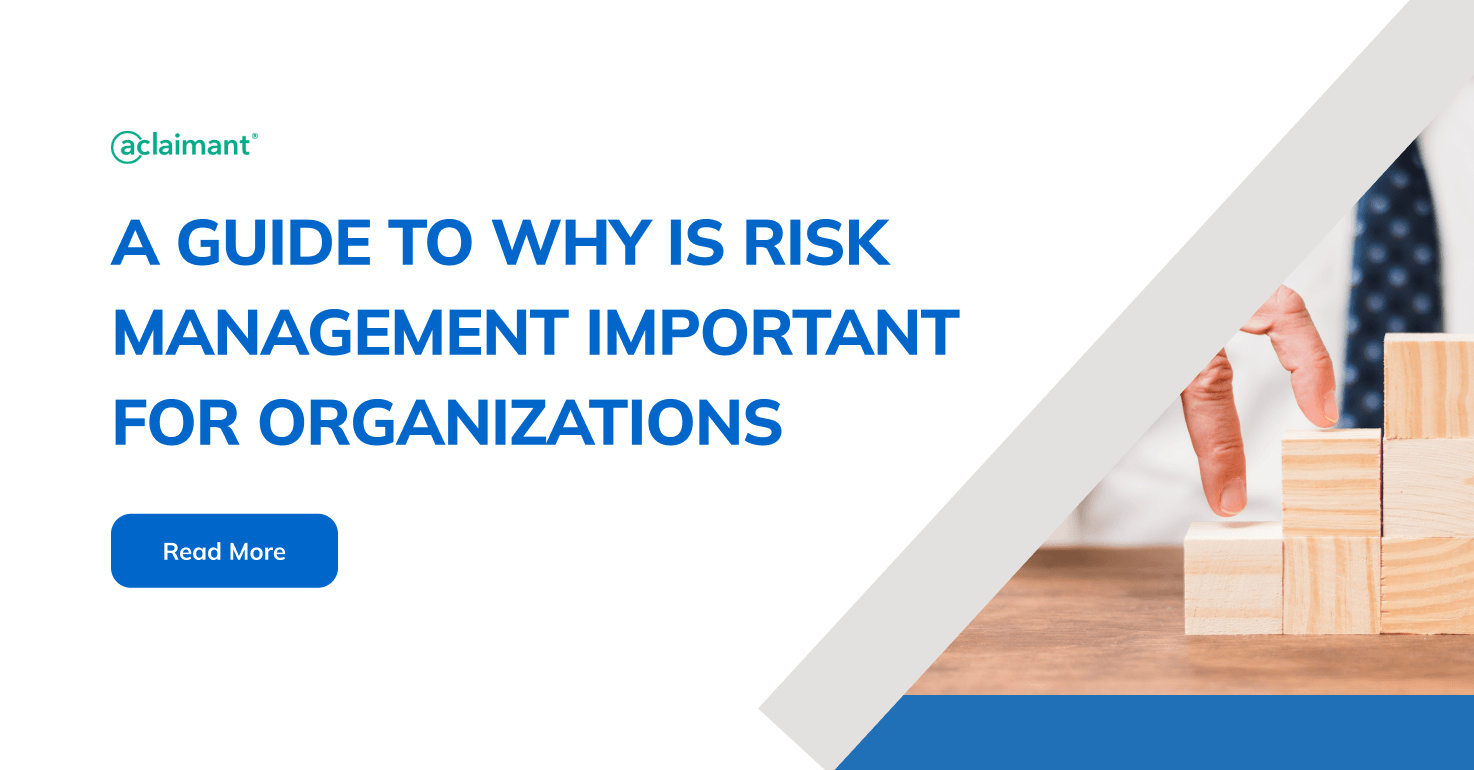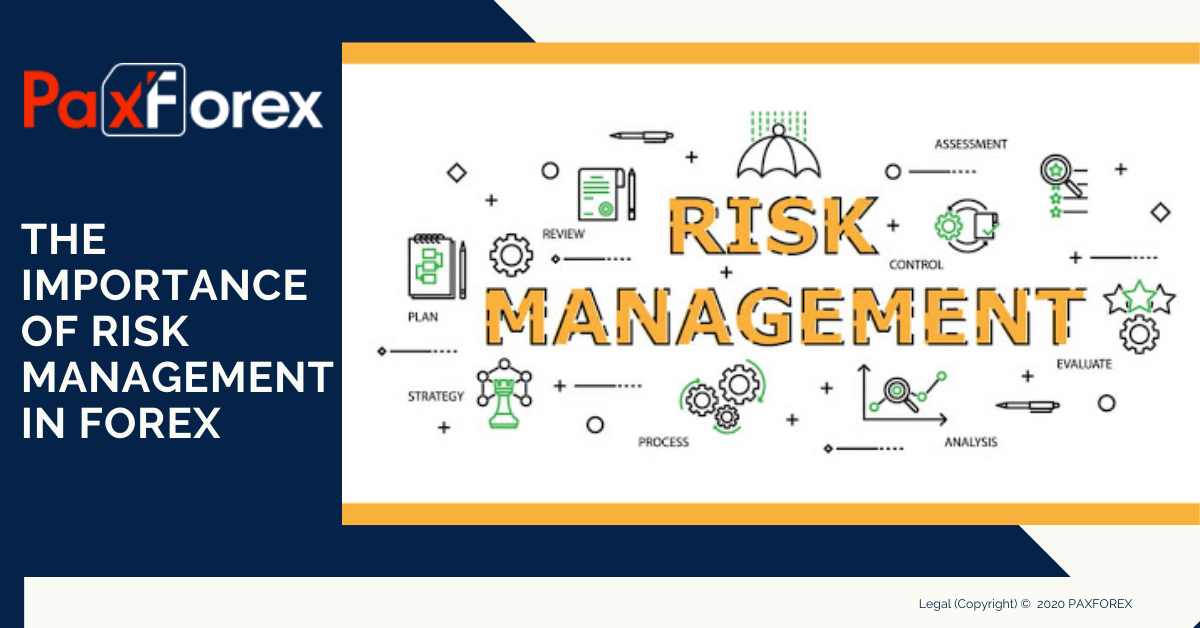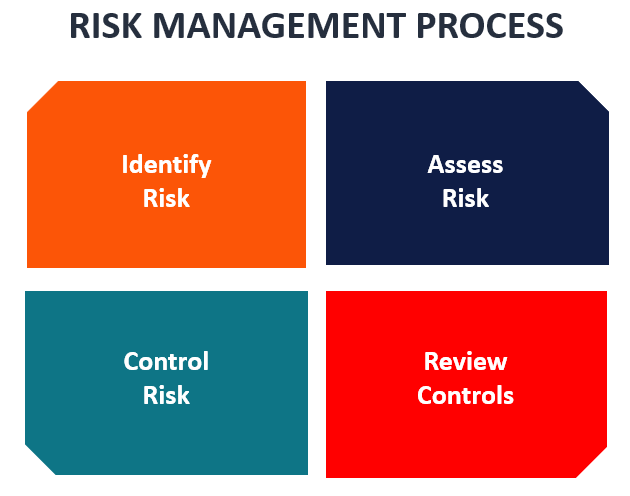The Essential Importance of Risk Management in Protecting Corporate Assets
The Essential Importance of Risk Management in Protecting Corporate Assets
Blog Article
Checking out the Value of Risk Management for Effective Decision-Making Approaches
In the intricate globe of service, Risk Management arises as a vital variable in the decision-making procedure. The capacity to recognize possible threats and chances, and plan as necessary, can mean the distinction in between success and failing.
Understanding the Concept of Risk Management
Risk Management, an important element in decision-making, is frequently misinterpreted or oversimplified. Risk Management includes regimented and structured approaches, using data and informative analyses. From financial uncertainties, legal responsibilities, critical Management mistakes, to mishaps and all-natural catastrophes, it attends to different risks - importance of risk management.
The Duty of Risk Management in Decision-Making Processes
In the world of critical planning and business operations, Risk Management plays an important role in decision-making processes. Risk Management therefore becomes an important device in decision-making, helping leaders to make enlightened selections based on a comprehensive understanding of the risks included. Risk Management serves as a crucial element in the decision-making processes of any kind of organization.

Just How Risk Management Boosts Strategic Preparation
In the context of tactical preparation, Risk Management plays an essential function. Launching with the recognition of possible threats, it even more reaches the execution of Risk mitigation procedures. The duty of Risk Management is not fixed but vibrant, as it requires constant monitoring and adjusting of methods.
Identifying Potential Dangers

Carrying Out Risk Reduction
Risk mitigation techniques can range from Risk evasion, Risk transfer, to risk decrease. Each method must be customized to the certain Risk, considering its prospective influence and the organization's Risk resistance. Reliable Risk mitigation requires a deep understanding of the Risk landscape and the possible impact of each Risk.
Monitoring and Changing Approaches
Though Risk reduction is an essential action in critical planning, constant tracking and modification of these methods is just as essential. This recurring process enables organizations to identify new risks and reassess existing ones, making sure the carried out strategies remain efficient in the ever-changing service setting. It additionally gives a possibility to review the success of the Risk Management actions, allowing adjustments to be made where essential, more improving critical preparation. Efficient surveillance and modification require using analytics and key efficiency signs (KPIs) to gauge efficiency. These tools supply useful data-driven insights that can educate critical decision-making. Monitoring and changing Risk Management strategies company website is an important component for enhancing an organization's durability and tactical preparation.
Situation Researches: Effective Risk Management and Decision-Making
In the world of organization and financing, successful Risk Management and decision-making typically serve as the columns of prosperous enterprises. These instances highlight the worth of sharp Risk Management in decision-making processes. These cases highlight the vital duty of Risk Management in tactical decision-making.
Devices and Techniques for Effective Risk Management
Navigating the detailed puzzle of Risk Management needs the appropriate collection of devices and techniques. These tools, such as Risk registers and warmth maps, help in identifying and analyzing possible threats. Techniques include both quantitative techniques, like level of sensitivity analysis, and qualitative methods, such as SWOT evaluation. These aid in focusing on dangers based on their prospective influence and likelihood. Risk reaction methods, a crucial part of Risk Management, include accepting, avoiding, moving, or mitigating threats. Tracking and managing dangers, with normal audits and reviews, make sure that the approaches continue to be effective. With these devices and methods, decision-makers can navigate the facility landscape of Risk Management, thus facilitating informed and reliable decision-making.
Future Trends in Risk Management and Decision-Making Strategies
As more tips here we discover the vast landscape of Risk Management, it becomes obvious that the techniques and devices made use of today will proceed to evolve. Future fads aim in the direction of an increased dependence on technology, with artificial knowledge and artificial intelligence playing significant duties. These modern technologies will make it possible for organizations to forecast potential dangers with greater accuracy and make more enlightened decisions. Furthermore, there will be a growing focus on durability, not simply in taking care of threats yet likewise in recovering from negative circumstances. Lastly, the concept of Risk society, where every member of an organization is mindful and associated with Risk Management, will certainly acquire much more importance. These patterns proclaim a more proactive and inclusive approach in the direction of Risk Management and decision-making.
Conclusion

Risk Management hence ends up being a crucial tool in decision-making, assisting leaders to make informed choices based on a detailed understanding of the threats entailed. Risk mitigation methods can vary from Risk avoidance, Risk transfer, to run the risk of decrease (importance of risk management). Reliable Risk mitigation requires a deep understanding of the Risk landscape and the possible impact of each Risk. Risk feedback approaches, an essential part of Risk Management, entail accepting, avoiding, transferring, or mitigating threats. The idea of Risk culture, where every participant of an organization is mindful and included in Risk Management, will certainly gain a lot more prestige
Report this page